Recognizing customer problems and transferring ideas into real solutions is the primary way of creating an effective UX design. Regardless of the product, the design must offer comfort and ease to the user.
Today, the UX design has escalated to a whole different level that requires creativity and a human-centric perspective.
This article today will allow you to take a closer look at some of the significant UX design trends that will be prominent in 2022.
And you will also get a glimpse of an observation of the design industry beyond the tech trends for a better future.
Best UX Design Trends transforming the UX Design landscape in 2022
I am happy to share with you the finest UX design trends that will revolutionize the UX design landscape in this coming 2022. So, are you ready? Let’s start.
Personalization
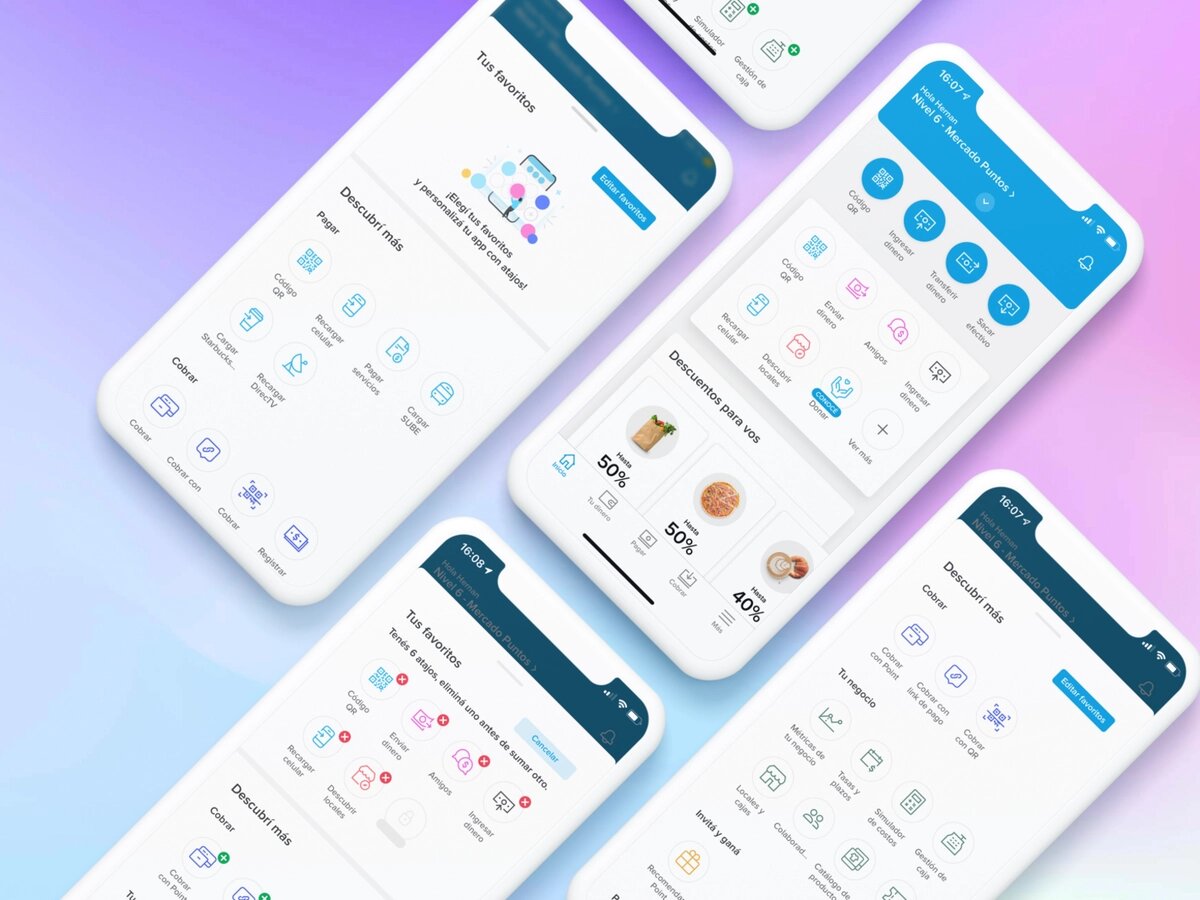
Did you know that conversation and click via rates are the ones that drive digital businesses and also help in measuring their marketing performance? But as you can see that information comes from many sources, it’s really difficult to grab the attention of the users and make them emphasize a product you launched.
So, in situations like this, the personalization algorithm can be your savior.
To put it simply, personalization algorithms allow your software to decide upon what customers like and further display them the only appropriate content. Personalized content can be considered a significant part of custom UX design since it shows that you completely value your audience’s choices and preferences.
These algorithms can be used across a broad range of industries. Let me explain this with an example. Netflix runs A/B tests which display different series banners to different users. It enables in determining which banners are more effective to convince users to click and watch the series.
Apart from that, Netflix also categorizes all its films and shows into tracks and subgenres. Since it helps to understand which are in favor of the various users. According to an experiment conducted in 2014, it was found that Netflix had 76,897 different subgenres in order to closely understand its audience.
Learn more here:
- The web personalisation checklist
- UX in the age of personalisation
- How machine learning enhances personalisation at scale
- How customer data platform supports personalisation
- Audience segmentation
3D Designs
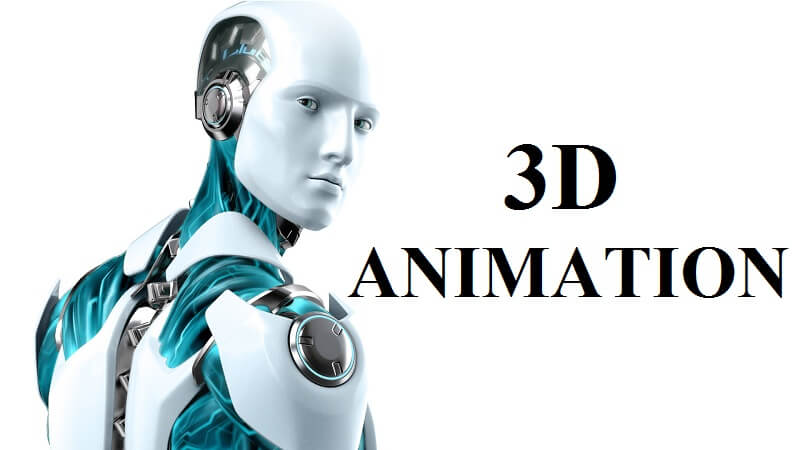
It is found that modern devices are well equipped with performant hardware which uses 3D design concepts in the software. With the perfect approach, 3D animations tend to make interactions with your solution more interesting and captivating. Also, 3D animations enable UX designers to show new elements on the screen without additional loading and excessive transition.
Here is a good example of smooth 3D animation on Codepen.
Virtual and Augmented Reality
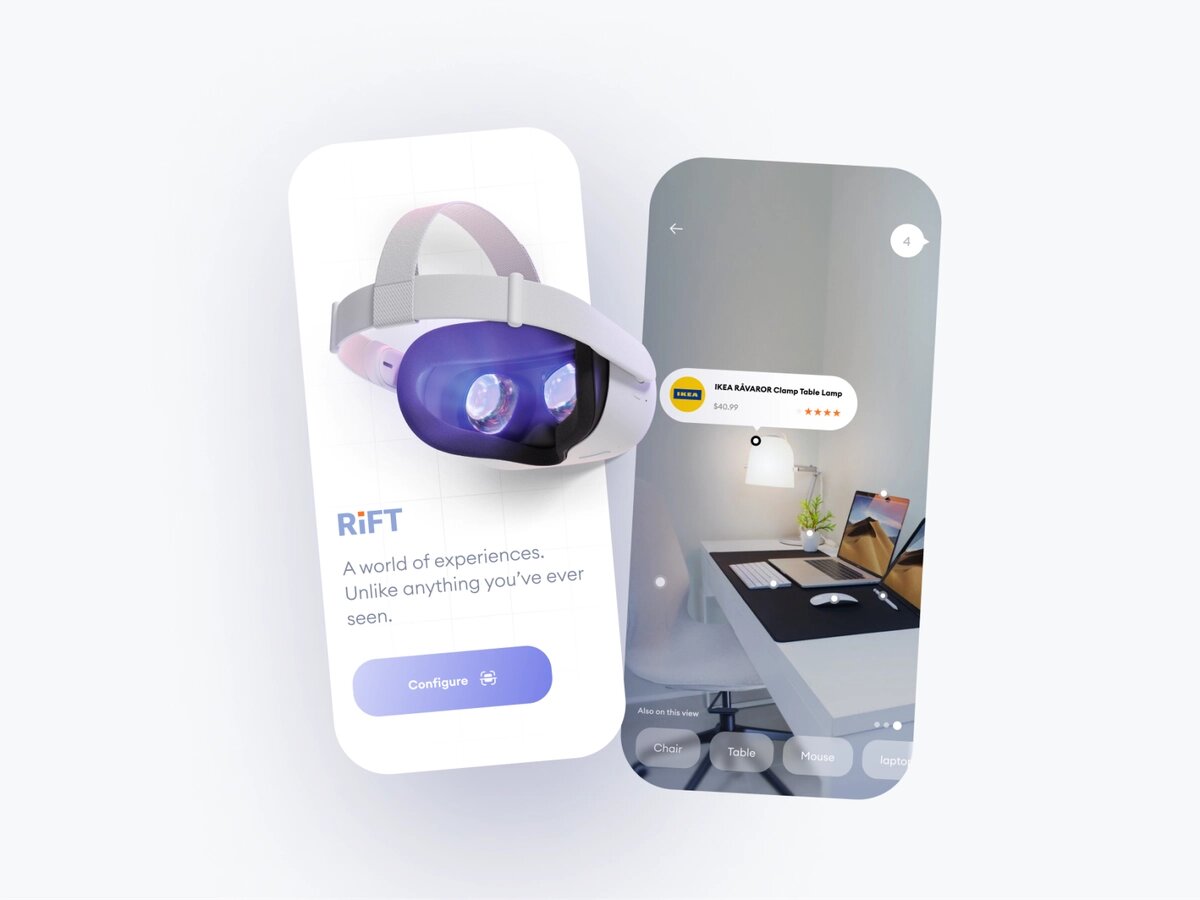
Businesses are seen utilizing AR in the UX design of their applications in a way similar to 3D design. The companies of the retail industry execute AR solutions in order to promote their products and enable customers to take the right decision.
Here is one of the most popular use cases, i.e., IKEA’s AR-based application IKEA Place. It enables users to place 3D models of IKEA’s products everywhere in their homes to comprehend how exactly it will look like, will it fit clients’ interiors, and will its size fit in a space they are looking for to place the furnishings in.
VR can also be seen bringing new opportunities to UX design in the coming year 2022. The video game industry can be considered as one of the main contributors to the development of VR. In recent times, VR-based games made important progress with the release of titles such as Boneworks, Microsoft Flight Simulator, and Half-Life: Alyx.
Learn more here:
Voice User Interface Interaction

There has been a rapid increase in the smart speakers’ market share in the consumer market which consequently made voice interaction extremely popular. According to recent research, 65% of the people aged between 25 to 64 were found using voice searches at least once a day.
Therefore, voice interactions have gained popularity and can be regarded as one of the fastest-growing trends in design. So, do you know the major characteristic of voice access?
Basically, it is about multitasking. Car driving can be one of the familiar cases when it comes to voice-activated applications. Let say, Apple CarPlay, and Android Auto are popularly known car apps that allow hands-free interaction with smartphones at the time of driving.
Also, the voice assistant enables users to adjust and set routes, turn on the music, listen to text messages, make calls, and much more.
One more advantage of voice access is that it allows people with disabilities to easily operate their devices with full potential. Internet surfing is made a lot easier for the people who can’t search manually by voice search, in combination with a screen reader.
Also, due to voice-search, the sales are expected to reach $40 billion in 2022. It means that the e-commerce businesses which optimize their websites for voice search are expected to get new leads, along with earning more revenue.
Learn more here:
- Conversational UI: Future of interfaces
- Conversational Commerce: From a whisper to a roar
- Voice assistant for the web
- Significance of voice interface for media and publishers
Inclusive Design
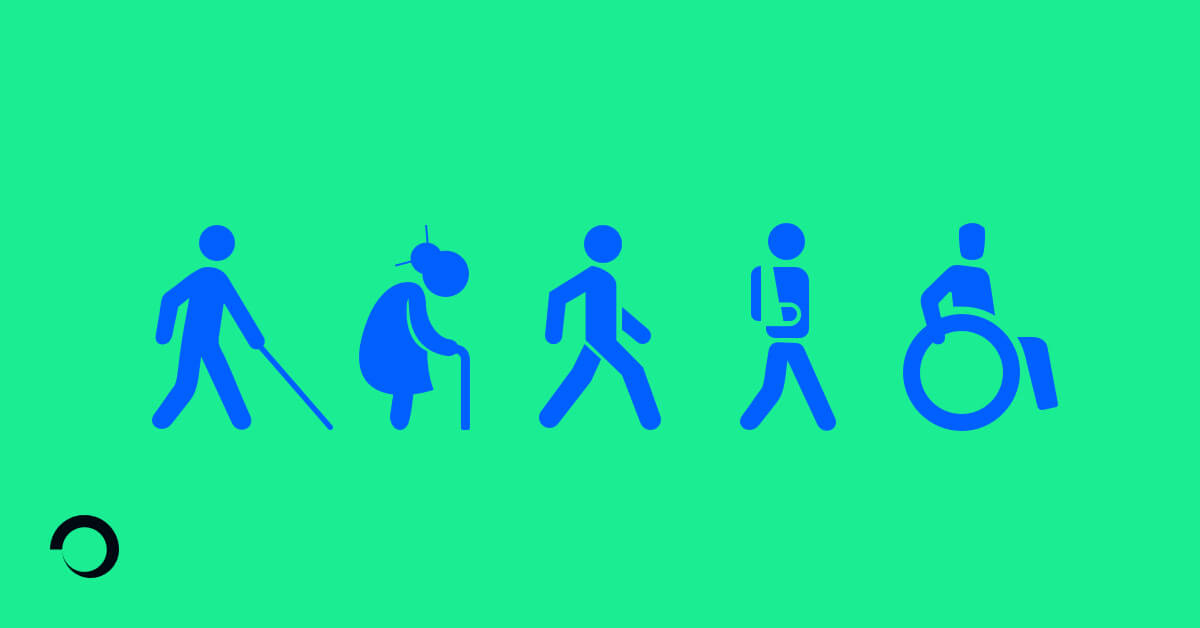
The inclusive design takes into consideration the needs and wants of different people. Therefore, while creating a UX design, children, elders, people with some disabilities, and so on are given much importance.
By designing a product for millions of people around the globe, you’ll have to prioritize their preferences, choices, and make it available and user-friendly for each one of them. Web Content Accessibility Guidelines (WCAG) is a good initiative which unifies methodologies for creating accessible web designs for all.
For instance, Intercom Messenger can be seen following all WCAG regulations availing keyboard navigation, screen reader support, and a restrained color palette.
Learn more here:
- Accessible and inclusive web design in focus
- The business value of web accessibility
- Rooting for gender inclusive web design
- Diversity, equity and inclusion in open source
- How to champion diversity and inclusion in tech
- Diversity, inclusion and Drupal: A triangle of great relevance
- Ethical Design
Artificial Intelligence
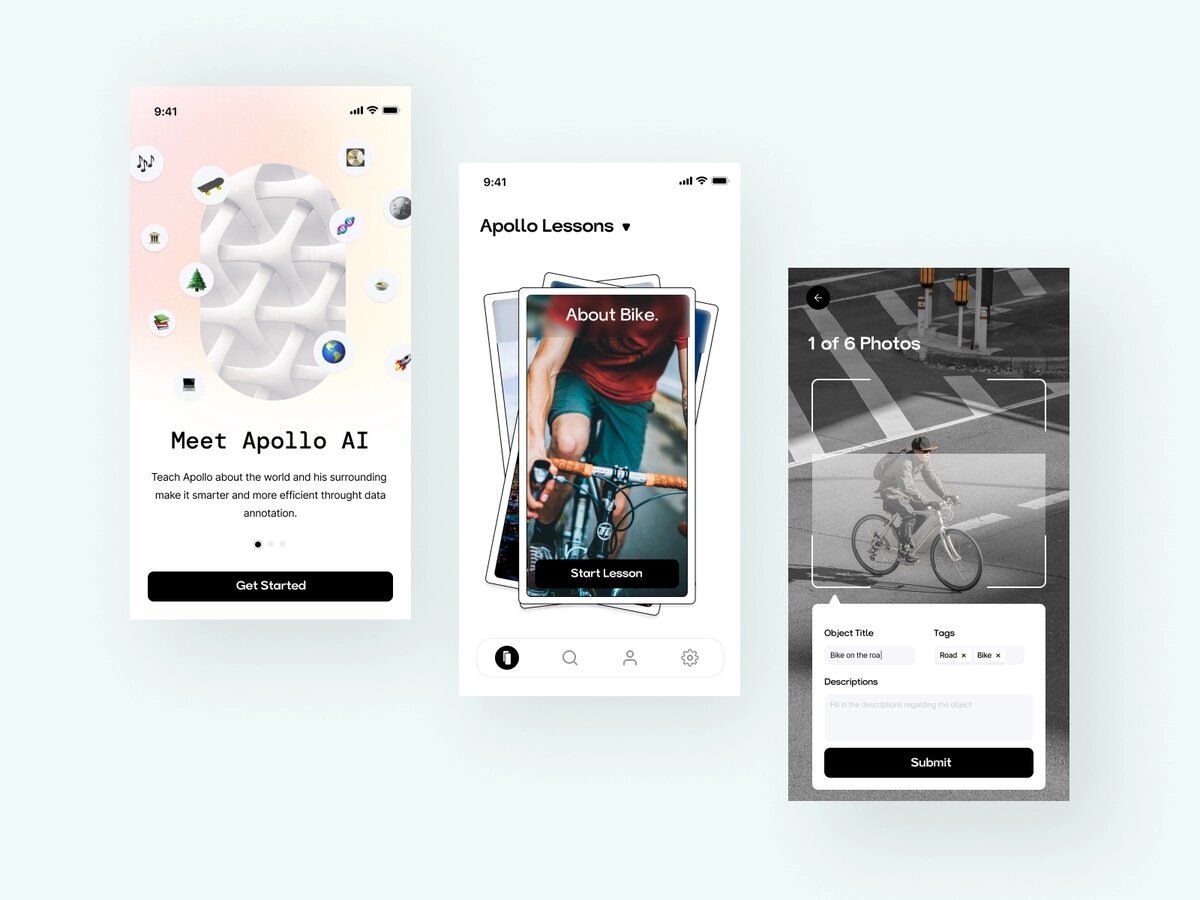
Artificial intelligence and machine learning aren’t something new. Organizations prefer using these concepts to automate a wide scope of activities and experts’ workflow in various fields. In fact, AI-driven tools can design layouts and create illustrations in designers’ absence.
For instance, Uizard provides an AI assistant which can turn easy sketches into editable designs. As a result, now the users are able to scan their draft from a piece of paper and attain a ready-made design within a few seconds.
Additionally, one of the useful tools, Khroma can handpick colors for UX designers. Experts place their favorite colors into the application and wait while Ai-based algorithms produce a new palette of colors.
Also, designers are able to increase image quality with AI-powered tools. Therefore, Let’s Enhance.io automatically increases the image resolution without losing quality.
Learn more:
- Using artificial intelligence in Drupal development
- AIOps: Using artificial intelligence in DevOps
- Implementing web personalisation using machine learning and Drupal
- Applying machine learning to continuous delivery
- How to strategize web personalisation with Drupal
Dark Theme
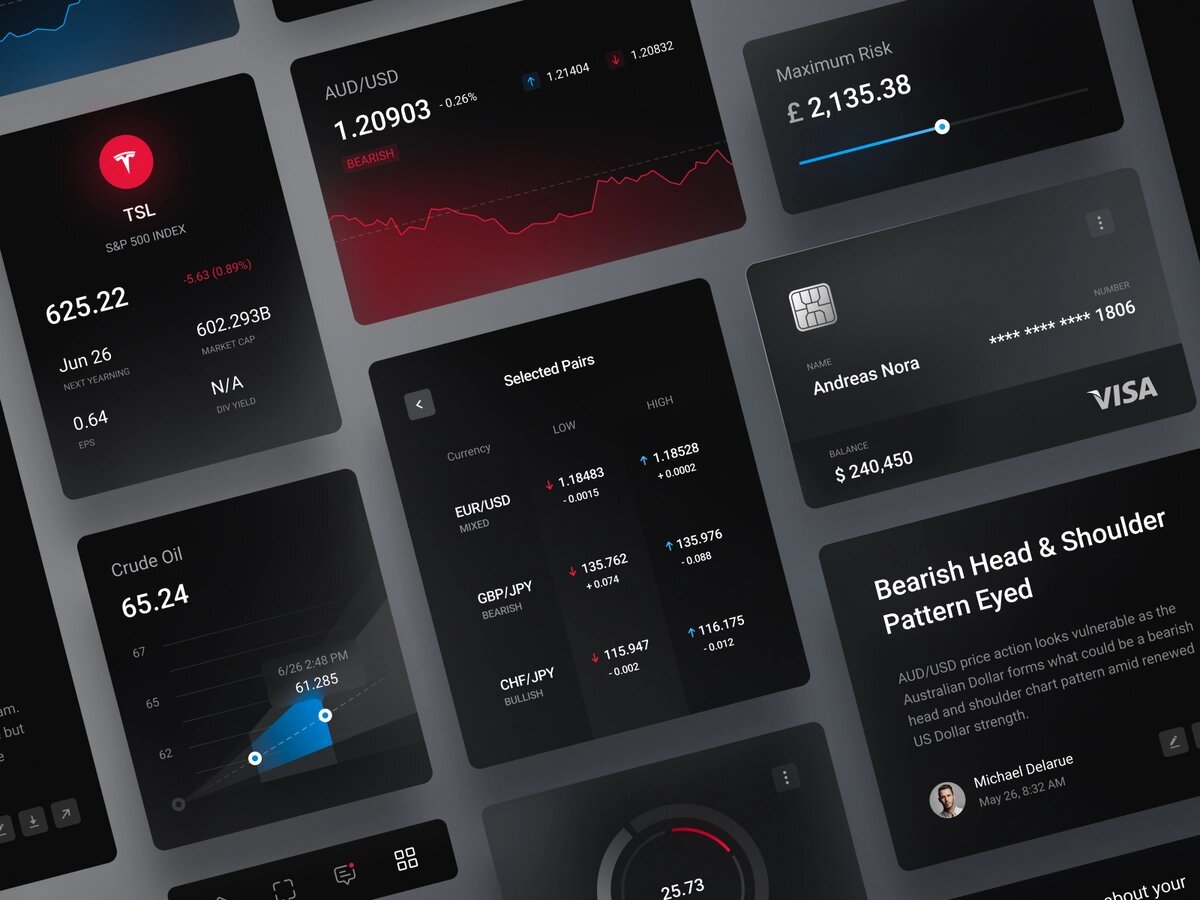
According to Android Authority’s recent poll, it is observed that 82% of users use the dark theme in almost all the applications which have this particular option. The major companies have already introduced and integrated this theme for their digital solutions.
One of the best things about this theme is that it makes your eyes less sore and dry and improves your sleep while using devices just before you go to bed. Some of the other benefits of this theme are that in combination with OLED (organic light-emitting diodes), it helps in saving the lifetime battery.
Also, the users express that dark-themed apps bring much less stress to their eyes.
Glassmorphism
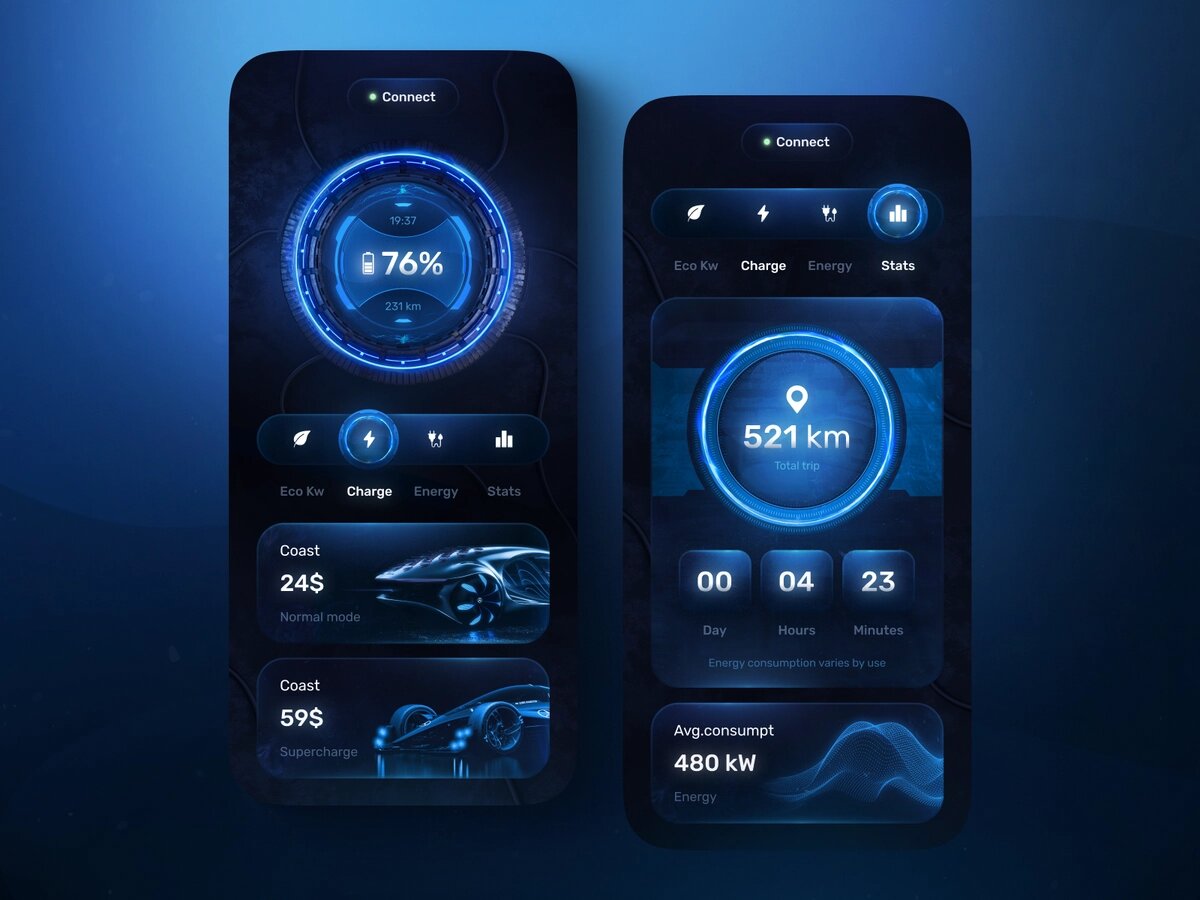
One more visual style that has the possibility to gain momentum in 2022 is glassmorphism. It is mainly used to design separate elements of an application, create unique background designs, or even base a complete application layout on it. If you want to have an extensive understanding of glassmorphism, then you can reach out to other designers on Dribbble.
A look at the design industry beyond visual and tech trends for a better tomorrow
Why not look at the design industry from a perspective beyond visual and tech trends to contribute better in the near future?
The entry-level designers reshaping the design industry
With Google’s UX Design Certificate launch on Coursera this year, it is observed that a lot of designers have enthusiastically taken a step towards learning more about UX as a career. This year Glassdoor also drew special attention towards UX as one of the best 50 jobs in America.
Over the past few years, the certificate provided by Google has emerged as one of the best new educational offerings for designers. There has been a big shift in design learning from in-person, intensive, and expensive to remote and self-guided mastery.
The freshly accessible formats consisted of almost everything from online bootcamps to YouTube playlists, self-guided classes, email-based courses, and many more.
It was observed that some companies faced difficulty in hiring full-time designers and eventually took help from Upwork, Fiverr, Toptal, and some similar freelance platforms in order to meet their short-term work goals. This further proved to be an incredible opportunity for the newly-certified designers to gain hands-on experience that could help in developing their careers.
Here are some of the important statistics that you cannot miss.
- Google’s UXD Certificate led to the emergence of 293k new UX designers.
- According to Hired.com, there was an increase in interest in UX roles by 289% in 2020.
Designers taking content creation as a full-time career
Many of the social media platforms offered subscription tools for their creators in 2021. Due to job insecurity, low wages, and 9 to 6 jobs offering less flexibility, people are making a shift to social media platforms for a better source of income.
When it comes to the design industry, designers are seen launching online courses and paid UX communities, also selling UI kits or NFTs. Such growth in paid subscriptions can be very positive for the entire design industry.
With the production of UX-related content, it becomes very easy to learn and improve your design skills.
Also, because of the paid subscriptions, designers are taking content creation as a full-time career option and producing high-quality content with their creativity and excellence. For instance, learn how writing skills can be significant in a designer's career growth.
Understanding that following a design framework isn’t the key
If you follow a well-structured process in any industry, it will help the company employees to scale, make work more predictable, and even reduce the financial risks of the company.
But here comes a question. Are we more comfortable in following the work processes that are already established and lack trust in trying something new? Well, talking about the design industry, it is observed that people find it easier to trust the process over a designer who can come up with some fresh new ideas.
Lack of trust can be seen between team members, and also between company leadership, and their design team. Focusing on the process sounds convenient since they lack trust in their own skills and judgment.
However, even if a framework enables you to make a decision, that decision necessarily isn’t the right one. By following a set of steps, you can streamline your work, but at times it is essential to simply pause, zoom out and restart with a different approach. That can be really satisfying. To know more, read about the ways to keep your design mind fresh with new ideas.
Designers contemplating about the misuse of digital products
In recent times, designers have understood that the digital products which are produced can be misused by allowing extremist groups to organize, promote pandemic-related disinformation, and negatively affect the self-esteem of teenagers.
However, we might agree as a design community that something isn’t going right, but it isn’t necessary that we agree upon the roots of the problem. While some assumed that leaders are terrorized how user-centered design failed its topmost priority of placing people first, others make us remember that the UX industry has always been terrifying for designers from marginalized communities.
But the reality is that most people and companies are ignorant and do not support the ideals of social justice and inclusivity, and are not ready to give up on their comfortable positions to bring any significant changes.
Alright, so we came across the problems with digital products and the careless approach towards our responsibilities. Now, are we going to stop without finding its solution? Not really. The very first step towards enhancing your industry is transparency.
A well-known designer on her YouTube channel candidly talks about design careers and opportunities. Sheri Byrne-Haber, an expert in the fields of disability and accessibility in the business and educational settings tells in her latest book that only because we are not able to save the world, doesn’t mean we shouldn’t give a damn about it.
Accessibility can be a great place to start an impact. Vivianne Castillo, a Senior Design Researcher and Innovation Consultant at Salesforce expresses that it is very much possible to even advocate for people in profit-centric conversations. She has also introduced an entire course for creating more humanity-centered practices.
Therefore, with the right approaches we together can bring a change in society.
Deciding to transform the design industry this 2022
2022 can be a year of great opportunity for the designers to reset and rebuild the design industry. With the new generation of designers, the industry can be taken to new heights. Here are some of the questions you can ask yourself to transform the design industry this 2022.
- Which habits of yours shall be avoided and which shall be consciously maintained?
- How do you go beyond or above your regular projects and advocate for people while having business-centric conversations?
- How to bring a positive impact on newcomers, focus beyond portfolio reviews and establish stronger relationships?
- After you publish any piece of work that you’ve written online, how do you appreciate and celebrate the people who have posted content on that same topic before?
- How much are you comfortable in making a change in your design process in order to generate better outcomes?
So, if you can smartly find the answers of the above questions then you’re sure to bring a change in the design industry this 2022. Trust me.
To know more, read Comprehensive guide to web design.
Final thoughts
I am glad to share with you the important insights about the growth and possibilities of the design industry in 2022.
This article can be very motivating for the potential designers who are willing to rebuild the design practices with a fresh perspective and approach.
This new year 2022 can be the right time for the design experts to reimagine and refashion the design industry.
Subscribe
Related Blogs
UX Best Practices for Website Integrations
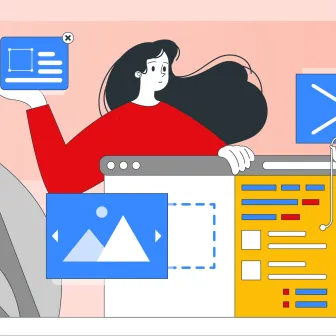
Website Integrations determine whether users stay engaged or abandon a site. I experienced this firsthand with a delivery…
How design thinking acts as a problem solving strategy?

The concept of design thinking is gaining popularity these days since people across different industries are using it as a…
10 major challenges that come across during an agile transformation

It’s no longer a mystery that agile was created as a response to the various concerns that the traditional waterfall…




